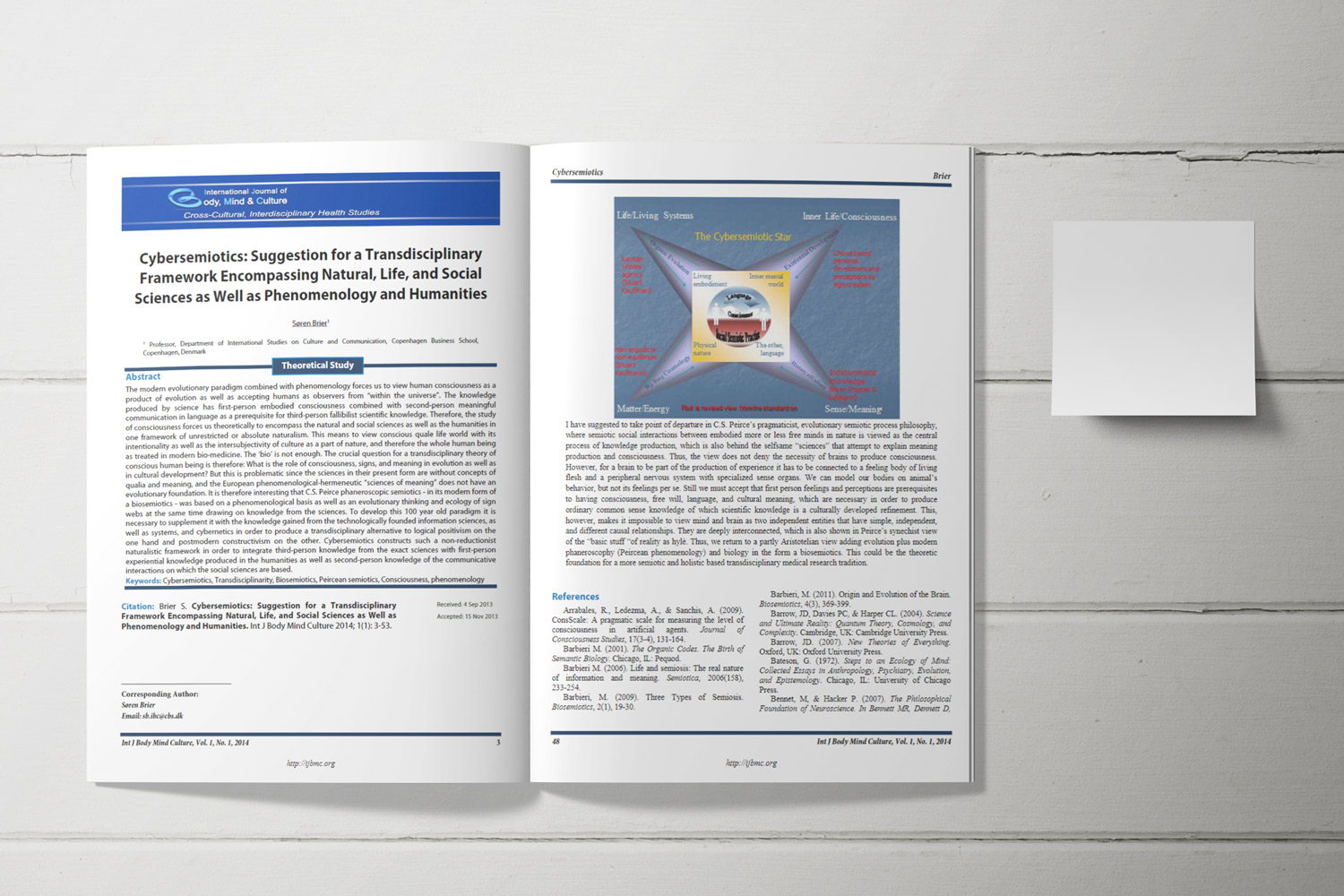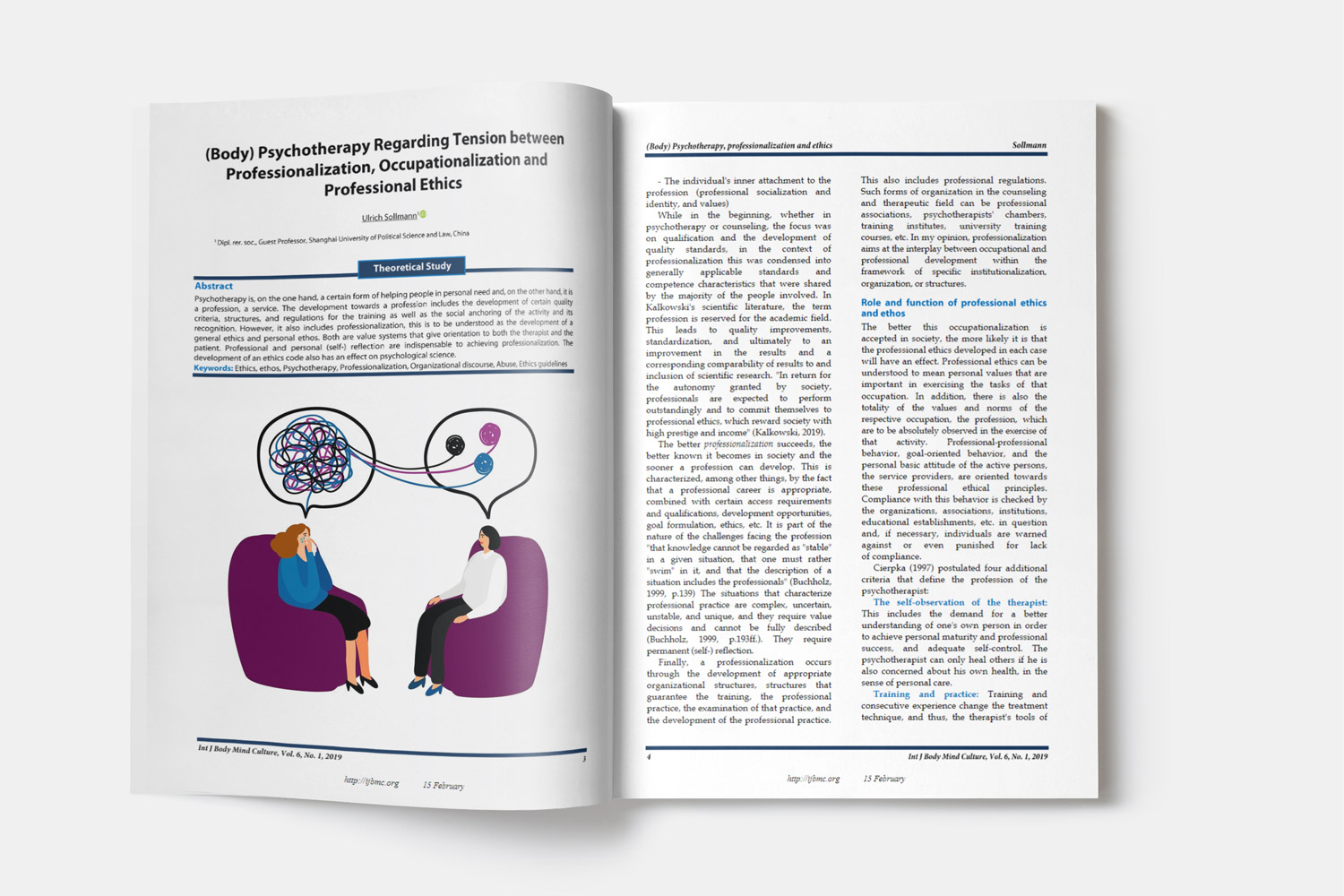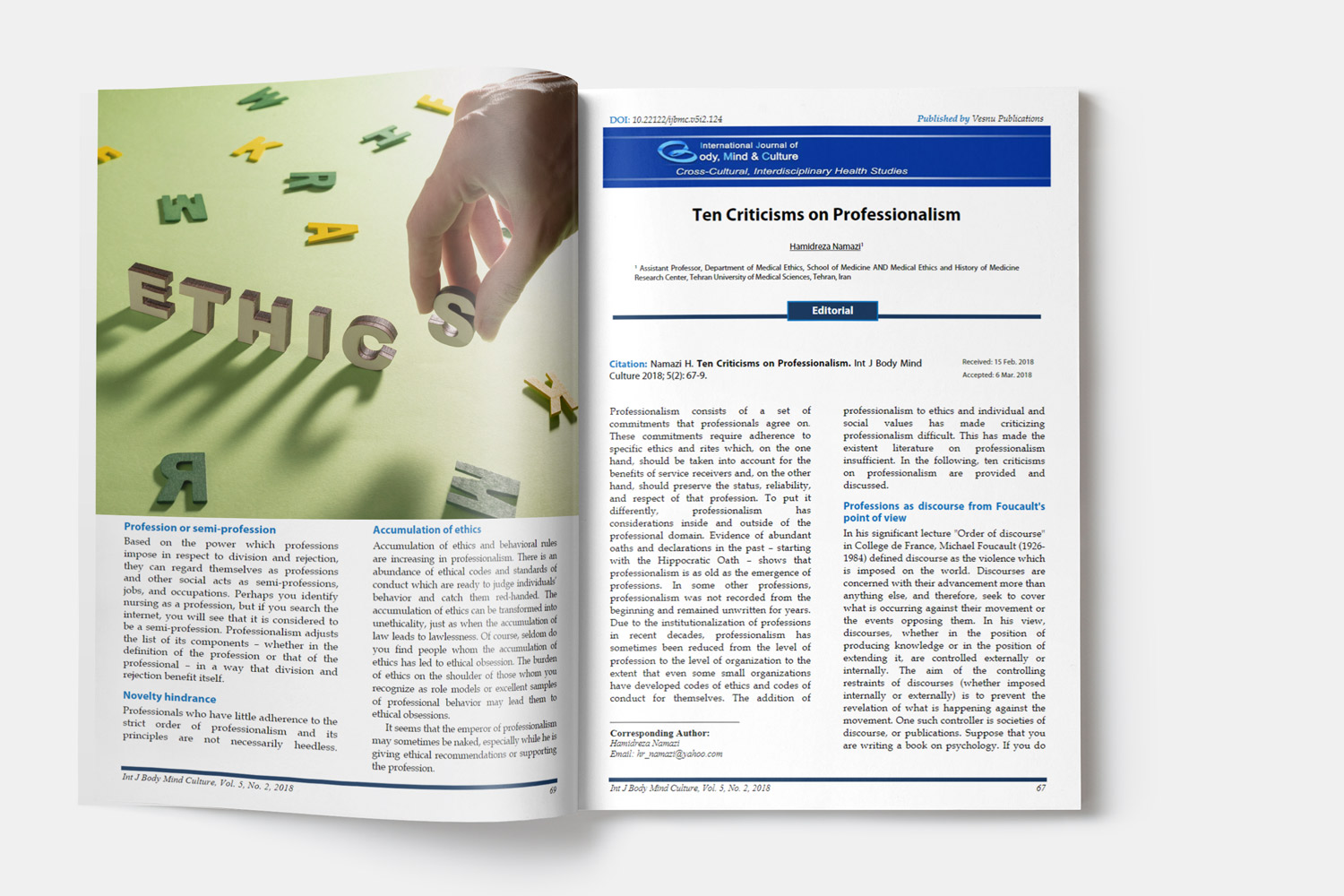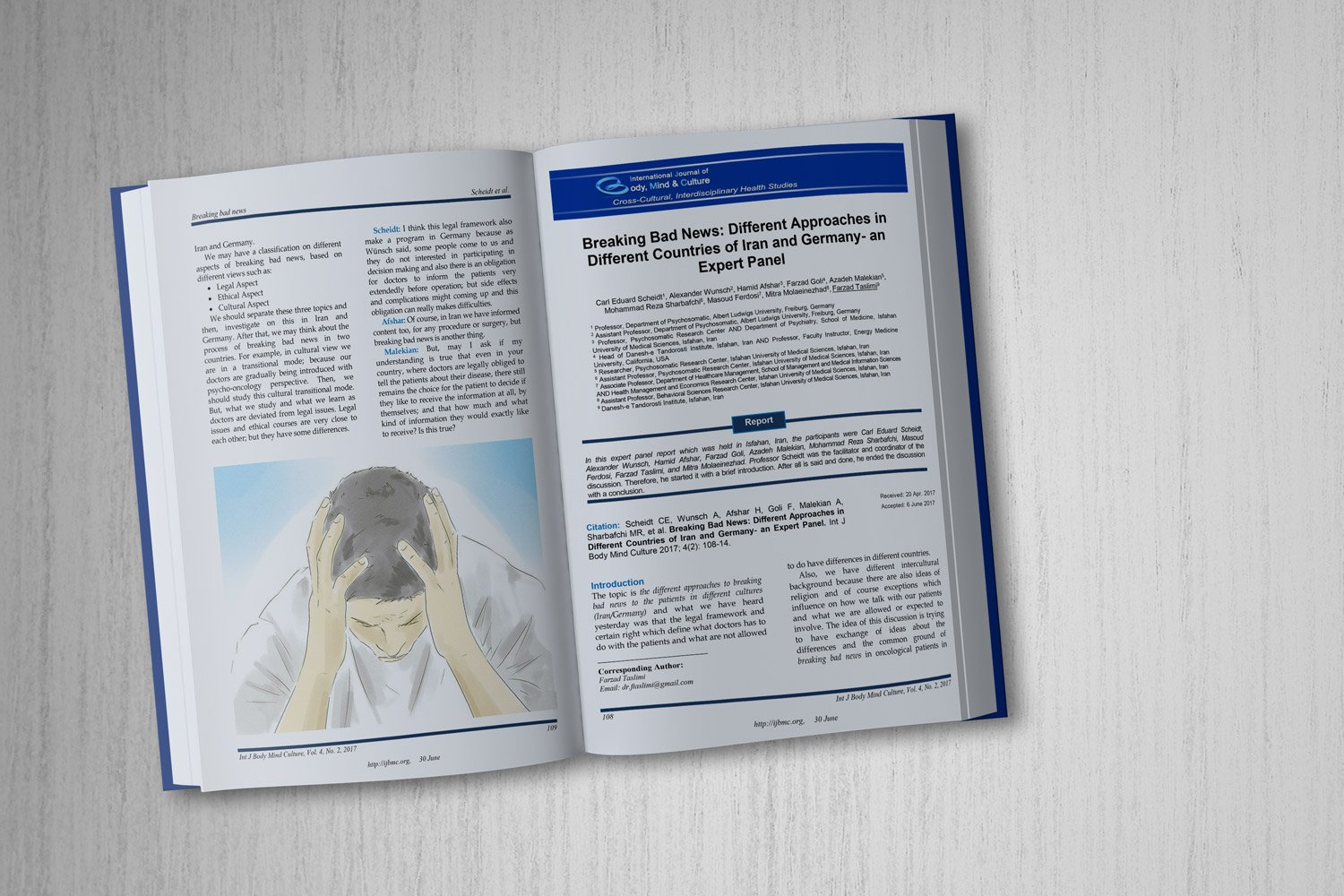Exploring Nurses’ Attitudes Towards Workplace Violence in Emergency Departments: Evidence from Al-Hilla Teaching Hospitals
Downloads
Objective: This study aimed to determine how nurses’ attitudes toward violence in the workplace, and to identify the relationship between nurses’ attitudes toward workplace violence at the emergency department and their socio-demographic characteristics.
Methods and Materials: A descriptive design study was carried out at the Imam Sadiq and Hilla Teaching Hospital in Babylon province. The sample was a non-probability "convenience" sample of 80 nurses, both male and female. Data was gathered after the prepared and adopted after examining the necessary literatures, By adopting a self-report technique, the researcher can collect data from the sample without interfering with the responses and choices.
Findings: The results showed that 84% of the study sample their age between 20 and 25 age, regarding the majority of the study sample's educational status (41.4) was diploma. most of the participants (69.8%) have (1-5) years of experience. Most of the participants 53.4% think that working in an emergency is tiring. A statistically significant relationship at (P-value < 0.05) exists between the attitude level and educational achievement. The attitudes are positive especially with bachelor's, master and doctorate in nursing, while there is no significant relationship with (age, gender, years of experience, and residency) in p. value > 0.05.
Conclusion: The study concludes that nurses in emergency departments exhibit predominantly negative attitudes toward workplace violence, influenced by educational background. Tailored interventions, such as educational workshops, are recommended to address this issue.
Downloads
Abd El-Fatah Abo Gad, R., & Abo Elghite Elhossiny Elkazeh, E. (2013). The effect of workplace violence on nurses' job satisfaction. Zagazig Nursing Journal, 9(2), 162-176. https://znj.journals.ekb.eg/article_38856_2d6449d895e1d41b3d26dfb0037dfc1c.pdf
Al-Maskari, S., Al-Busaidi, I., ChB, M., & Al-Maskari, M. (2020). Workplace violence against emergency department nurses in Oman: a cross-sectional multi-institutional study. International Nursing Review, 67(2), 249-257. https://doi.org/10.1111/inr.12574
Albashtawy, M., & Aljezawi, M. (2016). Emergency nurses' perspective of workplace violence in Jordanian hospitals: A national survey. International Emergency Nursing, 24(1), 61-65. https://doi.org/10.1016/j.ienj.2015.06.005
Bauersfeld, S., & Majers, J. S. (2023). Addressing Workplace Violence With Evidence. JONA: The Journal of Nursing Administration, 53(11). https://doi.org/10.1097/NNA.0000000000001354
Ertekin Pinar, S., & Sabanciogullari, S. (2019). Nursing and Midwifery Students' Attitudes towards Violence against Women and Recognizing Signs of Violence against Women. International Journal of Caring Sciences, 12(3), 1520-1529. https://internationaljournalofcaringsciences.org/docs/22.pinar_original_12_3_1.pdf
Kafle, S., Paudel, S., Thapaliya, A., & Acharya, R. (2022). Workplace violence against nurses: a narrative review. Journal of Clinical and Translational Research, 8(5), 421. https://pmc.ncbi.nlm.nih.gov/articles/PMC9536186/
Lanctôt, N., & Guay, S. (2014). The aftermath of workplace violence among healthcare workers: A systematic literature review of the consequences. Aggression and Violent Behavior, 19(5), 492-501. https://doi.org/10.1016/j.avb.2014.07.010
Lim, M. C., Jeffree, M. S., Saupin, S. S., Giloi, N., & Lukman, K. A. (2022). Workplace violence in healthcare settings: The risk factors, implications and collaborative preventive measures. Annals of medicine and surgery, 78. https://doi.org/10.1016/j.amsu.2022.103727
Ope-babadele, O., & Ilesanmi, R. (2019). Pattern of Workplace Violence and Perceived Effects on Nurses' Work Productivity in Selected Hospitals in Ibadan, Oyo State. International Journal of Studies in Nursing, 4(3), 105. https://doi.org/10.20849/ijsn.v4i3.626
Sabbar, D., & Kassim, W. (2022). Workplace Related Violence among Nurses Staff in Nasiriyah Teaching Hospitals. Mosul Journal of Nursing, 10(3), 97-103. https://doi.org/10.33899/mjn.2022.175405
Setiawan, H., Anna Keliat, B., & Yulia Wardani, I. (2015). Sign and Symptom and Ability to Control Violent Behaviour with Music Therapy and Rational Emotive Cognitive Behaviour Therapy. Jurnal Ners, 10(2). https://doi.org/10.20473/jn.V10I22015.233-241
Søvold, L. E., Naslund, J. A., Kousoulis, A. A., Saxena, S., Qoronfleh, M. W., Grobler, C., & Münter, L. (2021). Prioritizing the Mental Health and Well-Being of Healthcare Workers: An Urgent Global Public Health Priority. Frontiers in Public Health, 9. https://doi.org/10.3389/fpubh.2021.679397
Copyright (c) 2025 International Journal of Body, Mind and Culture

This work is licensed under a Creative Commons Attribution-NonCommercial 4.0 International License.















